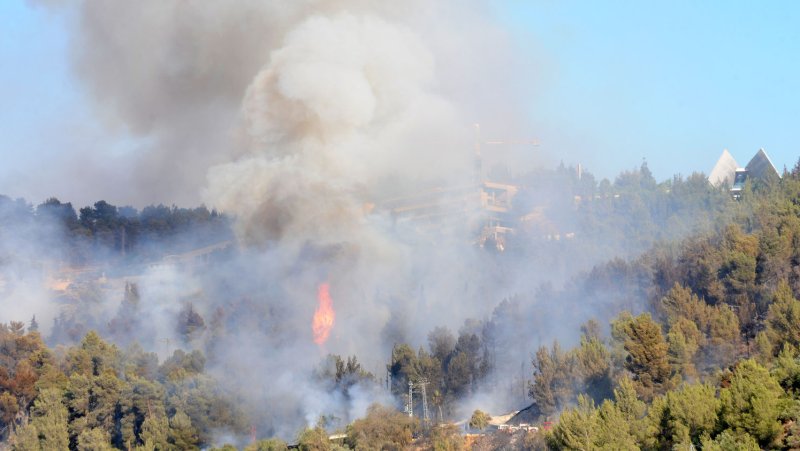DALLAS, May 16 (UPI) -- Today's mega forest fires in the U.S. Southwest are truly unusual compared to the long-term record and may be the result of human activity, researchers say.
A study that examined hundreds of years of ancient tree ring and fire data from two distinct climate periods suggests today's dry, hot climate is not the lone cause of the megafires that routinely destroy millions of acres of forest, researchers from Southern Methodist University reported Tuesday.















